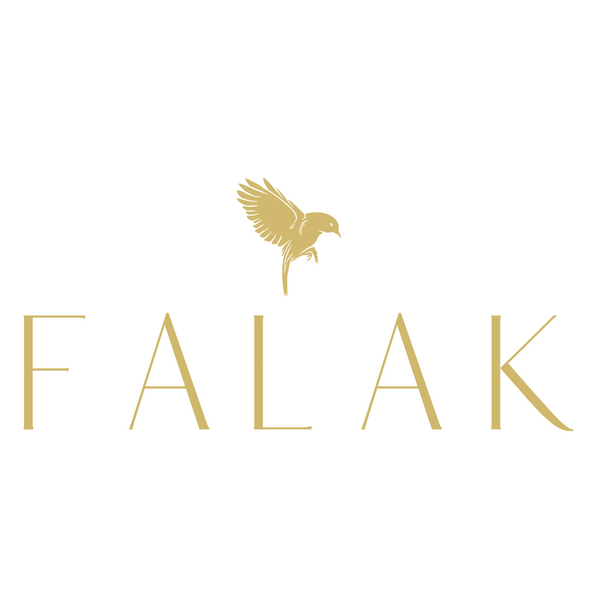Wool Fabrics
Wool is a natural fiber that is derived from the fleece of sheep or other animals like goats, alpacas, or cashmere goats. It is widely used in the production of various types of fabrics known as wool fabrics. Here are some characteristics of wool fabrics:
-
Insulation: Wool is an excellent insulator, providing warmth in cold weather. It has natural crimped fibers that create air pockets, trapping heat and retaining body warmth. Wool fabrics are often used in winter garments like coats, sweaters, scarves, and hats to provide insulation.
-
Softness: Wool fabrics have a soft and luxurious feel, making them comfortable to wear. The texture can vary depending on the type of wool and the processing methods used. Merino wool, for example, is known for its fine and soft fibers.
-
Breathability: Wool is a breathable fabric that allows air and moisture to circulate. It helps regulate body temperature by wicking away moisture and allowing it to evaporate, which helps keep the body cool in warmer conditions. This makes wool fabrics versatile and suitable for year-round wear.
-
Durability: Wool is a durable and resilient fiber. It has natural elasticity, which allows it to retain its shape and resist wrinkling. Wool fabrics are known for their longevity and resistance to wear and tear, making them a worthwhile investment.
-
Moisture Absorption: Wool has the ability to absorb moisture without feeling wet. It can absorb up to 30% of its weight in water before feeling damp. This makes it a great choice for garments that need to remain dry and comfortable, as it helps to regulate moisture and keep the wearer dry.
-
Natural Resistance: Wool fabrics have natural resistance to fire, static electricity, and wrinkles. Wool fibers have a high ignition point and are self-extinguishing, making them less prone to catching fire. Additionally, wool tends to resist wrinkles and retains its shape even after extended use.
-
Variety of Weaves: Wool fabrics come in a wide range of weaves and weights, allowing for different levels of warmth and thickness. Some common wool weaves include flannel, tweed, herringbone, and tartan, each with its own unique texture and appearance.
-
Easy Care: While wool fabrics may require special care compared to other fabrics, many modern wool blends are easier to care for. Some wool fabrics are machine washable, while others may require handwashing or dry cleaning. It's important to follow the care instructions provided by the manufacturer to maintain the quality of the fabric.
Wool fabrics are versatile and can be used in a variety of garments, from cozy winter wear to lightweight and breathable summer options. They offer a combination of warmth, softness, durability, and natural properties that make them a popular choice in the fashion industry.
